Yesterday we explored a bit of Naomi’s family history and some of the newer areas off towards Paris’s southern borders.
Naomi’s extended family included a mother-daughter during World War II who hid about 300 Jews and allied servicemen during the three day wait between trains to escape. It’s her story, so I’ll let her tell it, which she has done on Facebook.
We then wandered down to the Church of Notre Dame de la Gare. If you’re parsing that as Our Lady of the Train Station…you’re right. The parish, built near a train station, was carved out of a larger parish in the mid-19th century. The church was built on the Place Jeanne d’Arc. As a result, many people call it the Church of Joan of Arc. (In fact, searching the area for Eglise Jeanne d’Arc on Google maps will pull up the church).
Here’s a closer look at the sanctuary.
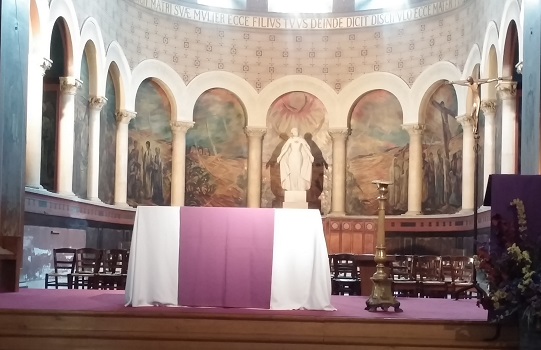
As you might expect, the church has a statue of Joan of Arc. At least, once again, I assume that’s who it is, because it’s unlabeled. It’s a less martial pose than the previous statues, but she’s still holding a sword.
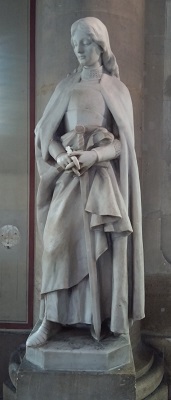
We then explored the area nearby. It’s not far from what the guidebooks call Chinatown, which is probably more accurately a pan-Asian neighborhood. We had pho and then walked along the elevated pedestrian area in the Olympiades, a 1970’s development. The idea of the pedestrian mall is nice, but to my mind the buildings lack the charm of older parts of Paris.
Since we were in the area, we then wandered over to the National Library to see Louis XIV’s globes. They weren’t on our must-see list, but they sounded like they would be interesting. I like old globes, and Louis XIV’s were likely to be nice.
I didn’t anticipate that they would be huge.
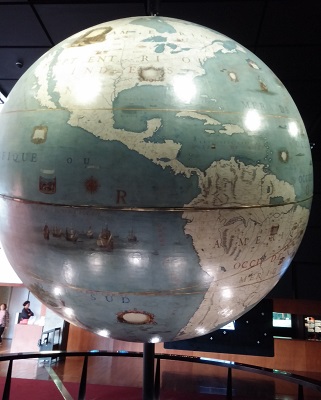
The globes show the world as they understood it at the time, and the signs in the library noted that they were out of date almost immediately. It might be tough to tell in this picture, but the Gulf of California does not merely extend much further north than it should, it actually connects to Puget Sound, rendering California an island. The modern midwest is labeled “Canada ou Nouvelle France.”
Below is another angle. Note that because the globe is hung tilted, Africa and the Americas are featured prominently. Europe is basically invisible.
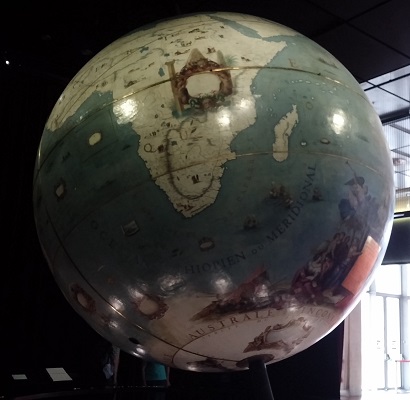
The second globe is a celestial globe. Stars, planets (placed as they appeared on the day of Louis XIV’s birth), and comets are drawn on it, but the most striking feature is the painted representations of the heavens.
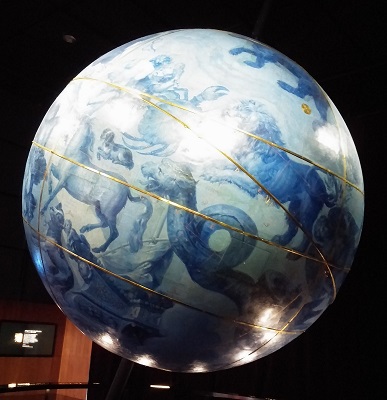
The globes were very interesting. Probably not worth a trip to the 13th arrondissement just to see them, but worth a side visit if you’re in the area. If you go, the globes are free and open to the public when the National Library is open. The National Library complex consists of what appear to be four buildings but which are all connected. The globes are in the building near Rue Raymond Aron on the river side. If the west entrance is open, that’s probably the best way to get in. When we arrived, only the east entrance was open. We followed the signs for Café Globe on the grounds that, while we wanted the globes and not the café, the café would probably be near the globes, and this proved to be correct. Afterwards, you can walk across the Seine to the Parc de Bercy on the Passerelle Simone-de-Beauvoir, which is a funky bridge.
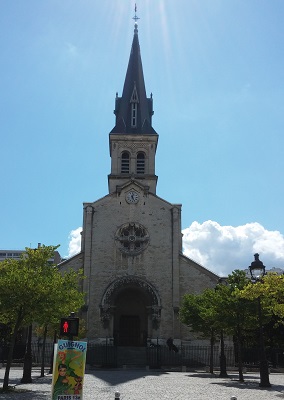
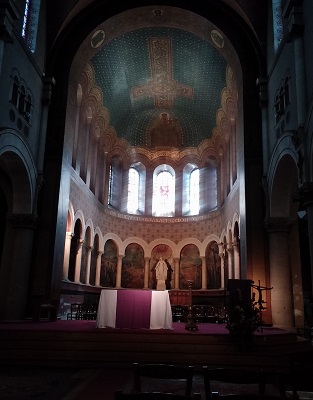
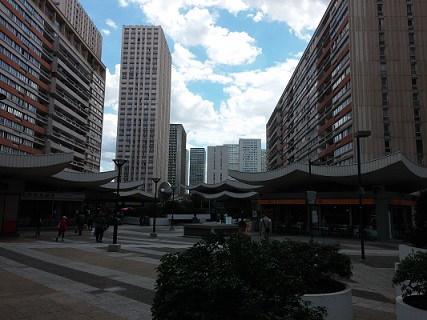
Leave a Reply